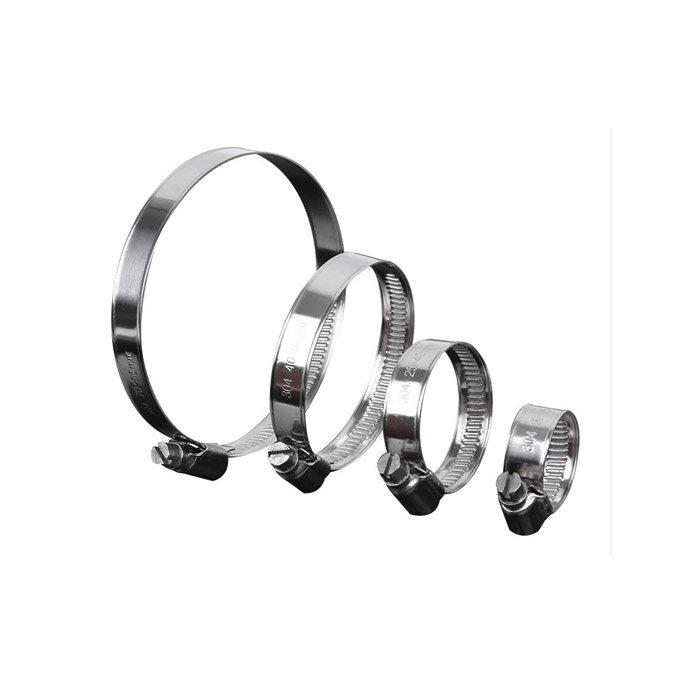- Phone:+86-17331948172 +86-0319-8862898
- E-mail: inquiry@puxingclamp.com
Oct . 19, 2024 08:31 Back to list
a/c hose clamps
The Importance and Utility of A/C Hose Clamps
When it comes to vehicle maintenance and repair, attention to detail can make all the difference. One often overlooked yet essential component in an automotive air conditioning (A/C) system is the hose clamp. These small, seemingly insignificant devices play a critical role in ensuring the efficient operation of the A/C system. In this article, we will explore the importance, types, installation, and maintenance of A/C hose clamps.
Understanding A/C Hose Clamps
A/C hose clamps are fasteners that hold the hoses connected to the vehicle's A/C components securely in place. They prevent refrigerant leaks, maintain proper pressure in the system, and contribute to the overall efficiency and performance of the A/C system. Without these clamps, hoses could loosen, leading to leaks, decreased cooling performance, or even complete system failure.
Types of A/C Hose Clamps
There are several types of A/C hose clamps, each designed for specific applications and materials. Understanding these types is essential for choosing the right clamp for your needs
1. Screw Type Clamps These are the most common types of clamps used in automotive applications. They consist of a metal band that encircles the hose and a screw mechanism that tightens the clamp. Screw type clamps offer adjustable tension, making them versatile for different hose sizes and conditions.
2. Spring Clamps These clamps provide a constant holding force as they are made from spring steel. They are ideal for hoses that experience vibrations or movement, as they maintain their grip even under dynamic conditions.
3. T-Bolt Clamps Specifically designed for high-pressure applications, T-bolt clamps are robust and provide superior clamping force. They are often used in performance vehicles or in systems that demand higher reliability.
4. Ear Clamps These clamps are commonly used in automotive A/C systems and are known for their ease of use. They are crimped onto the hose, creating a permanent bond that is less likely to loosen over time.
Installation of A/C Hose Clamps
Proper installation of hose clamps is crucial for preventing leaks and ensuring the longevity of the A/C system
. Here are some key steps to followa/c hose clamps

1. Choose the Right Size Clamp Always select the appropriate diameter clamp for the hose you are using. A clamp that is too small may not fit, while one that is too large won't provide a secure hold.
2. Position the Hose Insert the hose into the desired fitting, ensuring it is seated correctly. The end of the hose should be pushed in fully to create an effective seal.
3. Place the Clamp Slide the clamp over the hose and onto the fitting. Ensure that it covers the area where the hose meets the fitting entirely.
4. Tighten the Clamp For screw type clamps, use a screwdriver to tighten the clamp evenly. Avoid over-tightening, as this can damage the hose or fitting. For other clamp types, use the appropriate tool required for installation.
Maintenance of A/C Hose Clamps
Regular maintenance of A/C hose clamps is essential to prevent potential issues. Here are some tips
1. Inspect Regularly Periodically check the clamps for signs of corrosion, wear, or damage. It's important to replace any clamps that show signs of deterioration.
2. Look for Leaks After installing or servicing the A/C system, inspect for any visible signs of refrigerant leaks near the clamps and hoses.
3. Monitor Performance If you notice a decline in A/C performance or unusual noises, investigate the hose clamps and connections for signs of looseness or malfunction.
Conclusion
A/C hose clamps may be small components in your vehicle's air conditioning system, but their significance cannot be overstated. Ensuring a proper seal and maintaining the integrity of the A/C system hinges on these devices. By understanding the types of clamps available, adhering to proper installation techniques, and committing to regular maintenance, vehicle owners can enhance the lifespan and efficiency of their air conditioning systems, ensuring a comfortable driving experience all year round.
-
High Quality Precision Stainless Steel Strip - GPT-4-Turbo Grade
NewsAug.02,2025
-
Heavy Duty Hose Clamp | Premium Durability & Security
NewsAug.01,2025
-
Large Stainless Steel Adjustable American Type Hose Clamp - Hebei Pux Alloy Technology Co., Ltd.
NewsAug.01,2025
-
Large Stainless Steel Adjustable American Type Hose Clamp - Hebei Pux Alloy Technology Co., Ltd
NewsAug.01,2025
-
Large Stainless Steel Adjustable American Type Hose Clamp - Hebei Pux Alloy Technology Co., Ltd.
NewsJul.31,2025
-
Large Stainless Steel Adjustable American Type Hose Clamp - Hebei Pux Alloy Technology Co., Ltd | Corrosion Resistance, High Torque
NewsJul.31,2025




